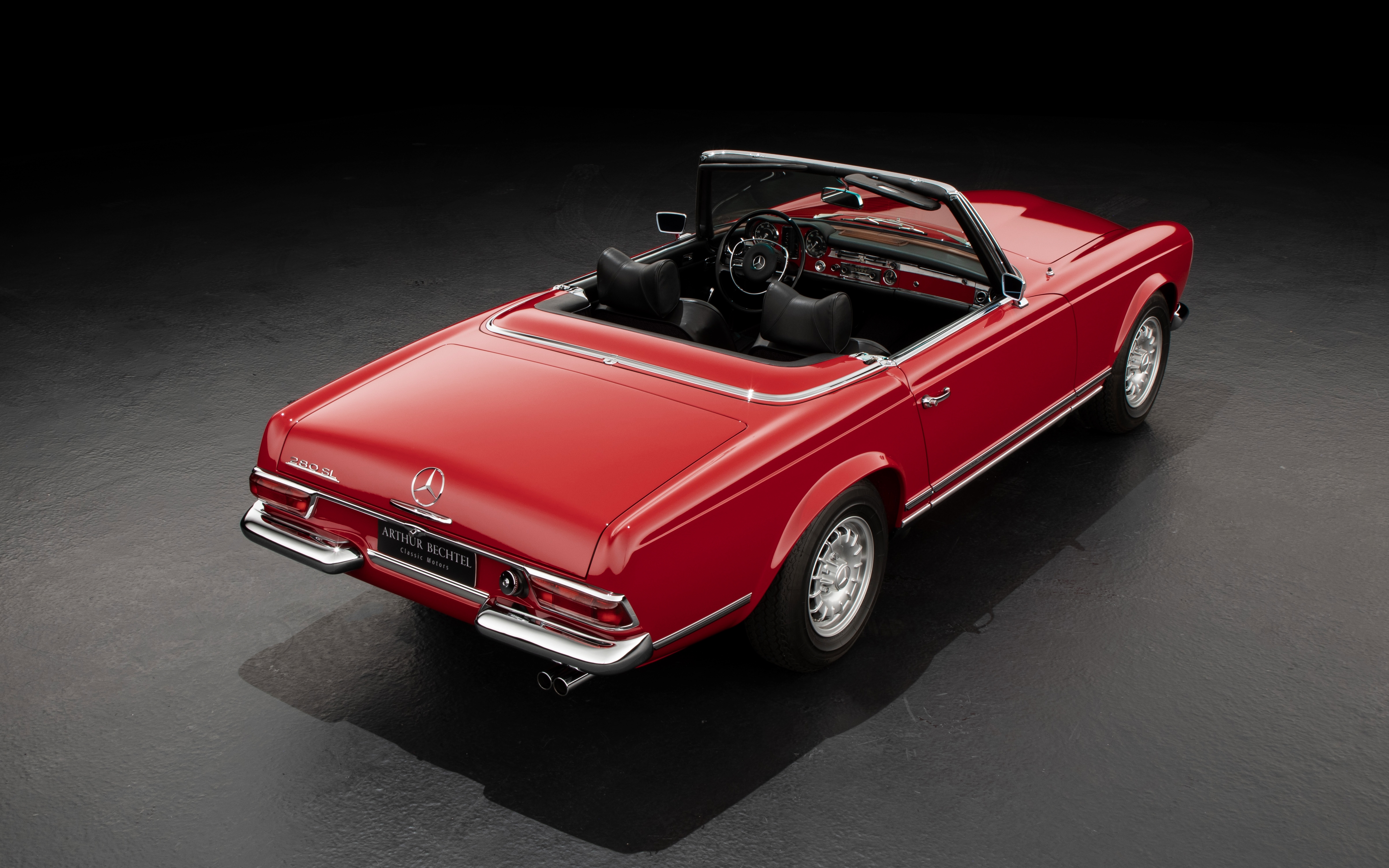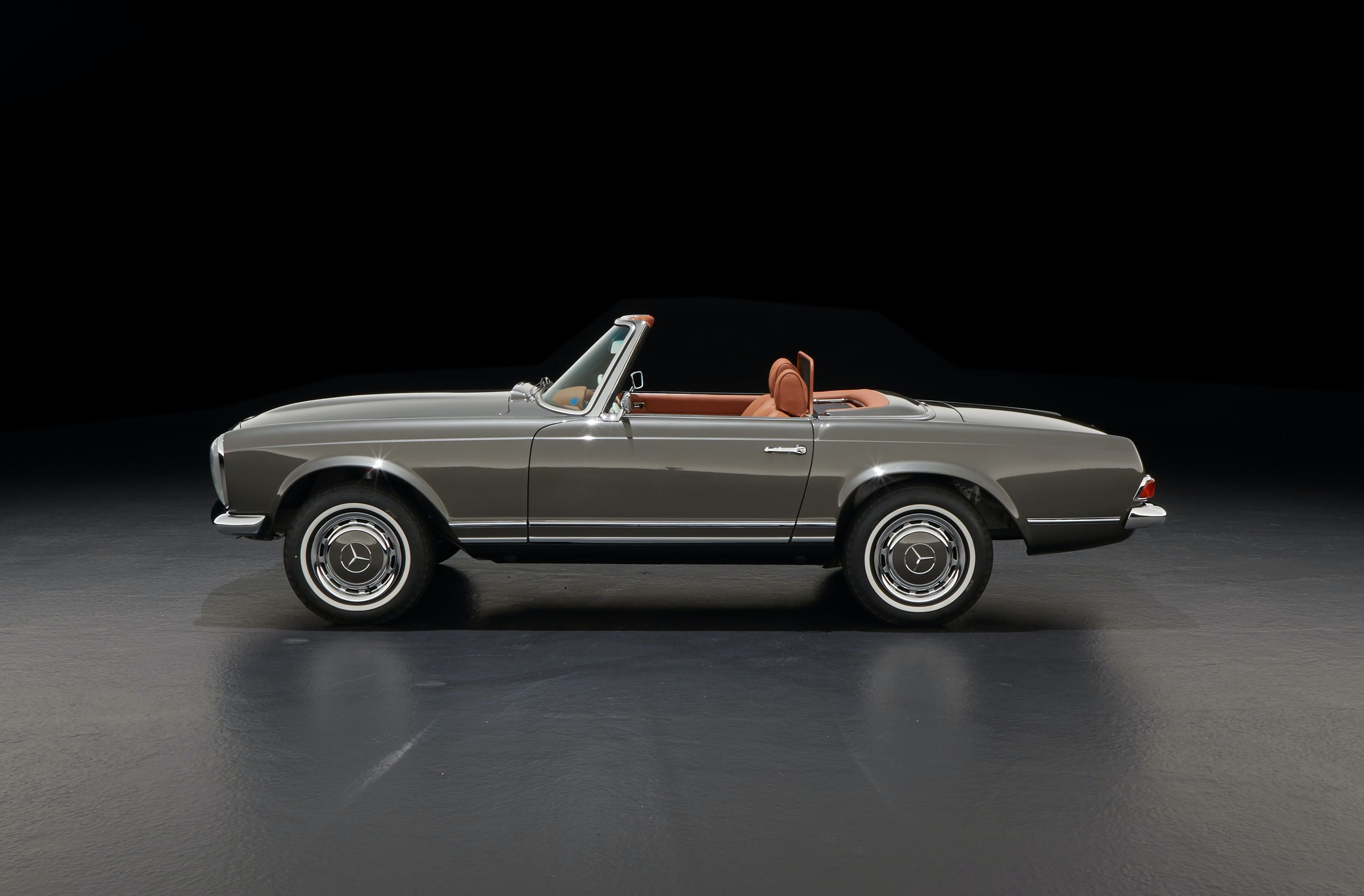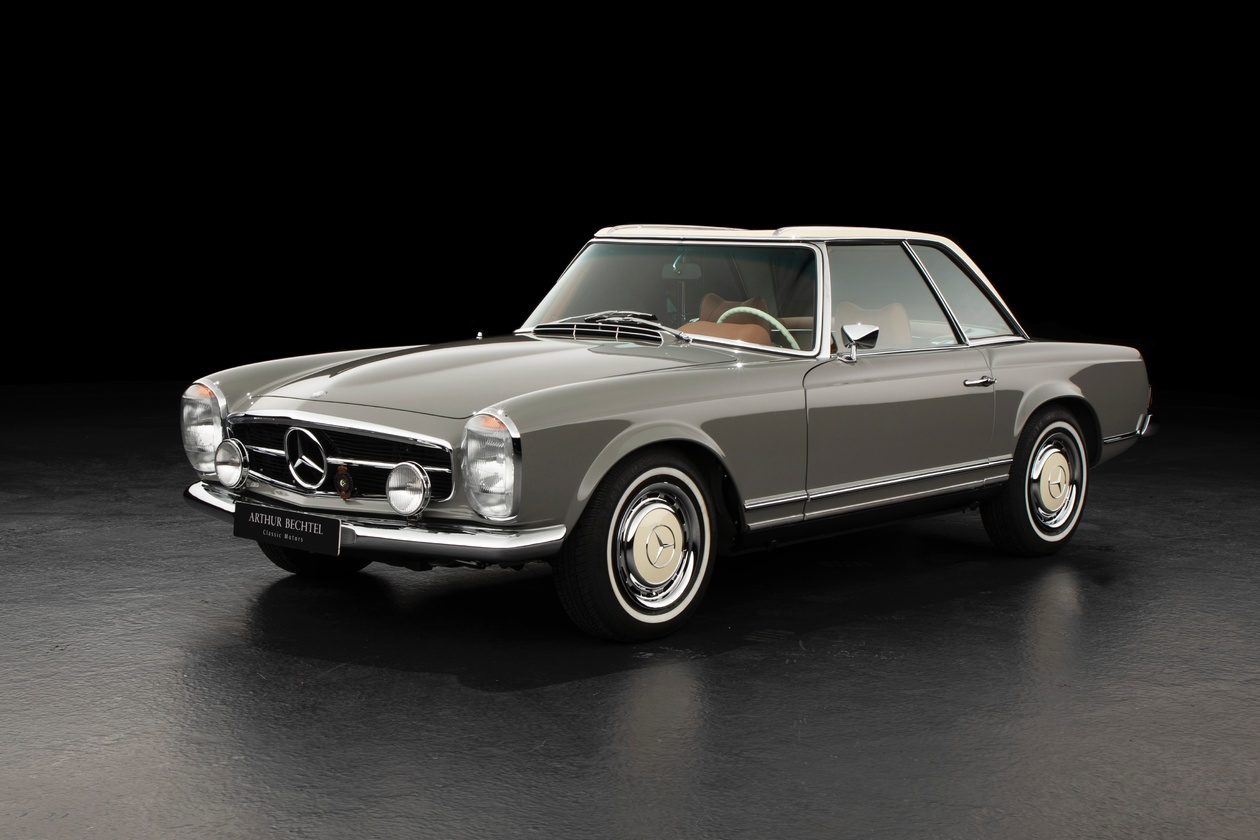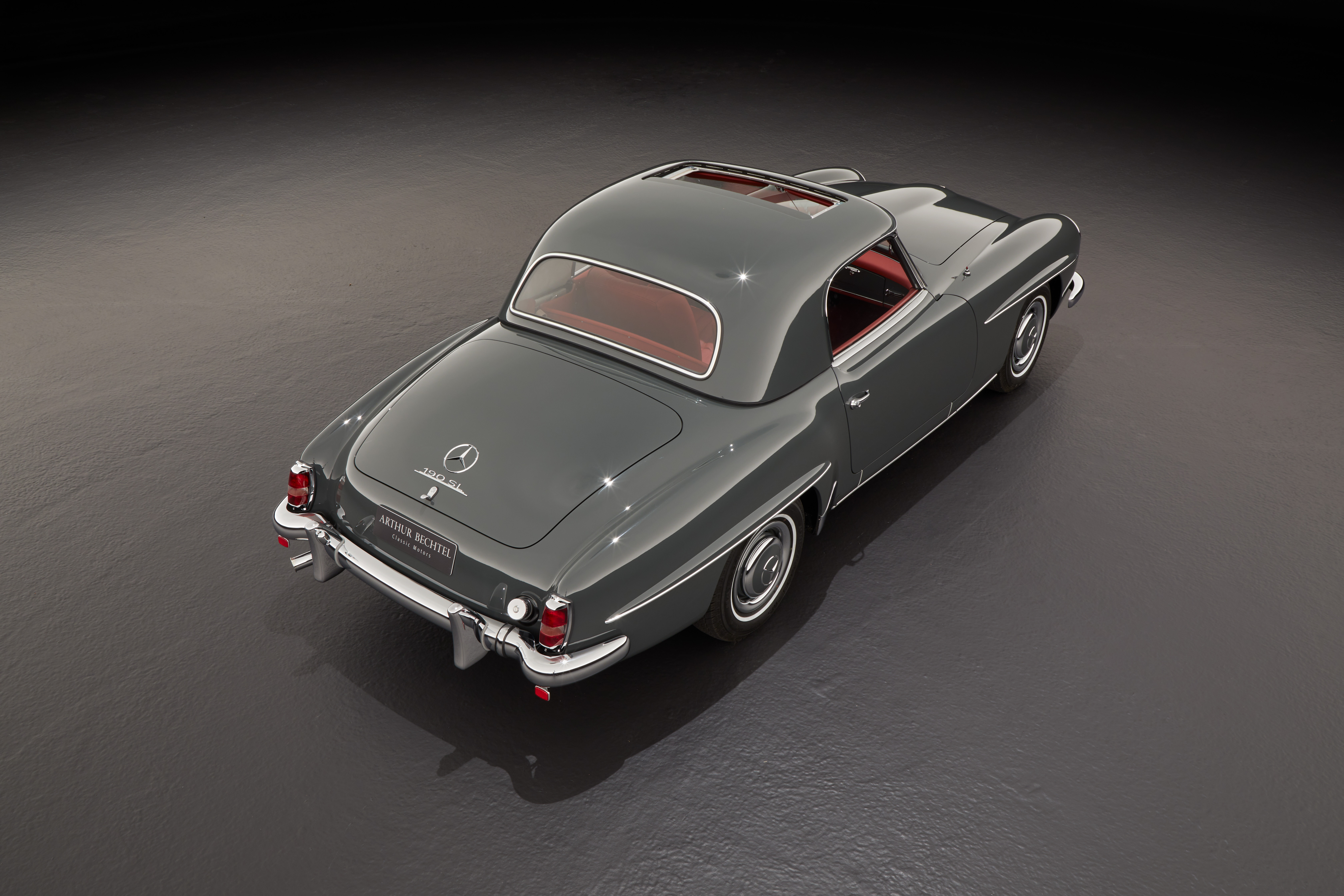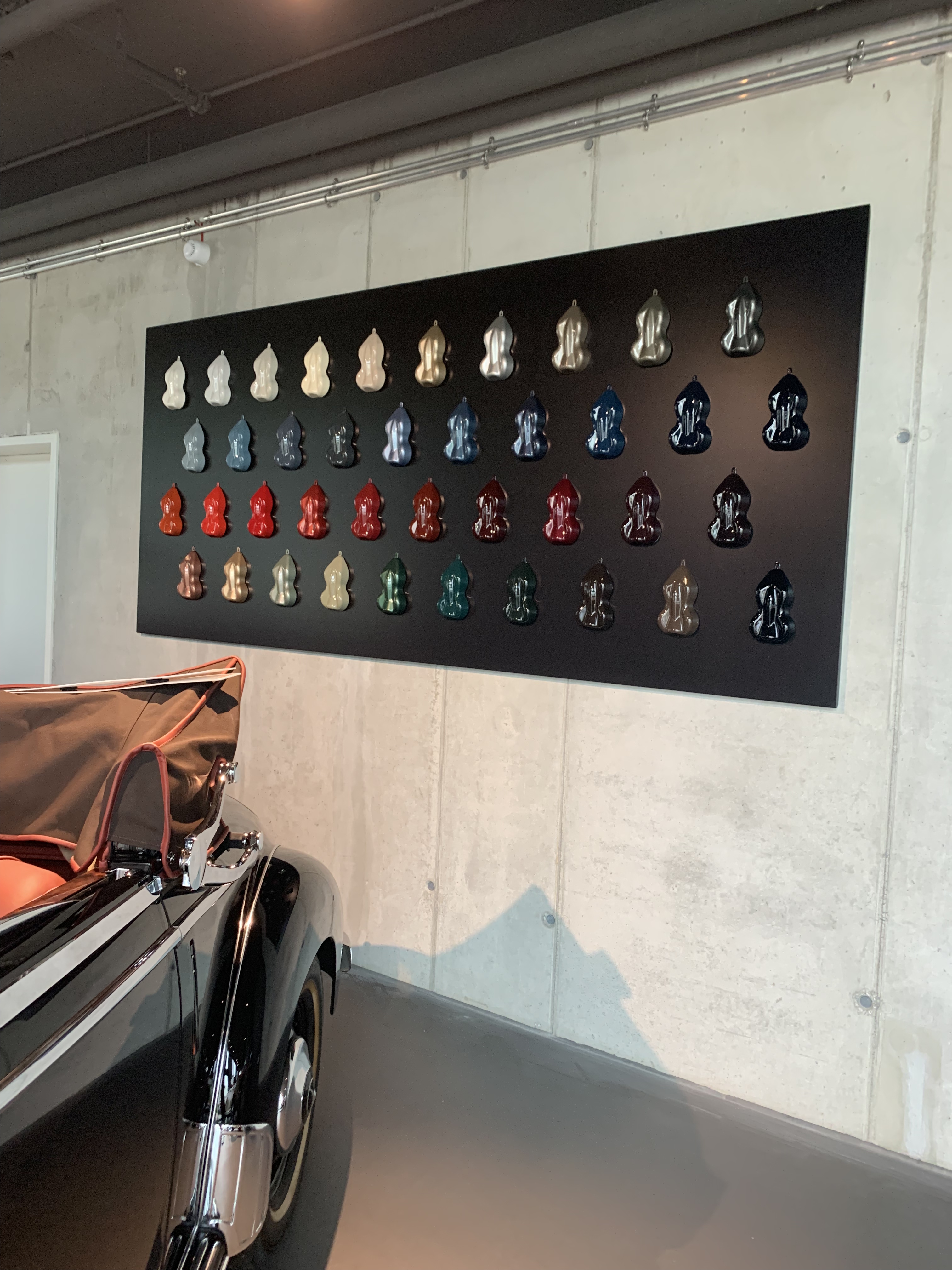Originality of our classic car paints

History
Trend colors: They are not only found in fashion, but also in the area of vehicles it is always noticeable that certain colors are particularly popular in certain years. In the new car segment, this may also be due to the constant development of new colors: from dark yellow or orange to various shades of gray - every year the vehicle manufacturers come up with something new to stand out from the crowd.
But what does it look like in the field of classic automobiles? Are here also certain patterns recognizable or were there colors that were perhaps particularly popular or unpopular?
During the 1950s, a number of different shades were offered, and also lighter shades were included in the portfolio more often. Also, two-tone paints and metallic paints became more and more popular over the following years.
One popular color combination of the Mercedes-Benz 190 SL, which Rosemarie Nitribitt has made a name for, is black (DB 040) with a red leather interior.
Black (DB 040):
At that time, the Mercedes-Benz 190 SL Roadster was also available, for example, in whitegray (DB 158), silvergray metallic (DB 180), but also in slightly more colorful colors such as fire-brigade red (DB 534) or light blue (DB 334).
Whitegray (DB 158):
Silvergray metallic (DB 180):
These colors were also available for the Mercedes-Benz 190 SL Coupé and different color combinations of the lower body part and the coupé top were offered here: For example, the customer could order his/her vehicle in black (DB 040) with a coupé in silvergray metallic (DB 180). Special paintworks were also possible for the Mercedes-Benz 190 SL Roadster at an additional cost: For example, dark tobacco brown (DB 423) or light green metallic (DB 274).
Dark tobacco brown (DB 423):
Light green metallic (DB 274):
In the 1960s, the trend shifted more and more towards more colorful and light colors. But even within a series there were certain colors that were only intended for one model: For example, the paint “signal red” (DB 568) was available as a series paint for the Mercedes-Benz 280 SL model, but not for the other two models in the series W 113.
Signal red (DB 568):
In addition to the standard paintwork, metallic paintwork and two-tone combinations were also available for the series W 113:
A Mercedes-Benz 280 SL Pagoda in metallic paint (Anthracite gray metallic DB 172):
Two-tone combination:
Today
Nowadays one often reads and hears the term “matching colors” when talking about classic cars - but what does that actually mean? The originality of a vehicle is a decisive criterion, especially regarding to maintaining and increasing value. The Mercedes-Benz data card of the first delivery provides information about the configuration of the model at the time - including the paintwork of the vehicle, which is revealed by the DB + a combination of numbers. If the vehicle still has the same paintwork as when it was first delivered, this is known as “matching colors”. If the Mercedes-Benz data card for the classic car is no longer available, it can be requested from Mercedes-Benz using the chassis number.
A vehicle with matching colors from our portfolio:
Just like "matching number", the term "matching colors" is a topic that is often discussed in the field of classic automobiles: Here also the question arises about the wishes and ideas of the buyer, if he/she pays special attention to the originality of the vehicle or, if the purchase of the vehicle is a matter of personal taste or a combination of both?
By the way: If you are still looking for a suitable color combination, we look forward to presenting you a large selection of different paints in our showrooms in Böblingen and Munich.
Sources:
- Engelen, Günter: Mercedes-Benz 190 SL – 280 SL. Vom Barock zur Pagode. Stuttgart: Motor Buch Verlag 2013.
- Long, Brian: Mercedes-Benz SL “Pagode”. Die Baureihe W 113 von 1963 bis 1971. Bielefeld: Delius Klasing Verlag 2018.
- https://oldtimer-veranstaltung.de/
In addition to our vehicle portfolio, we offer you the option of an individual restoration in which you can configure your dream classic according to your wishes. We look forward to hearing from you by phone +49 7031 3069522, via WhatsApp, E-Mail or Instagram.
Follow us on
Instagram: @arthurbechtelclassicmotors
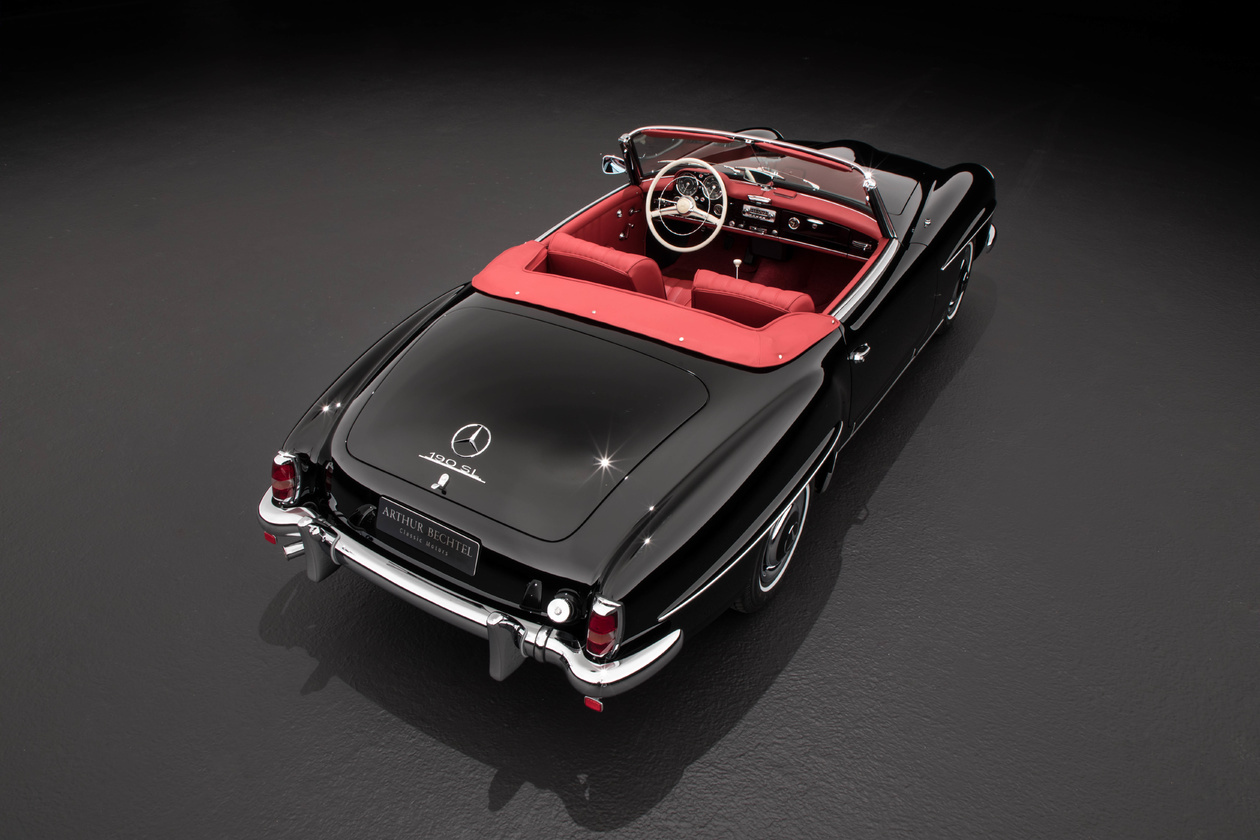
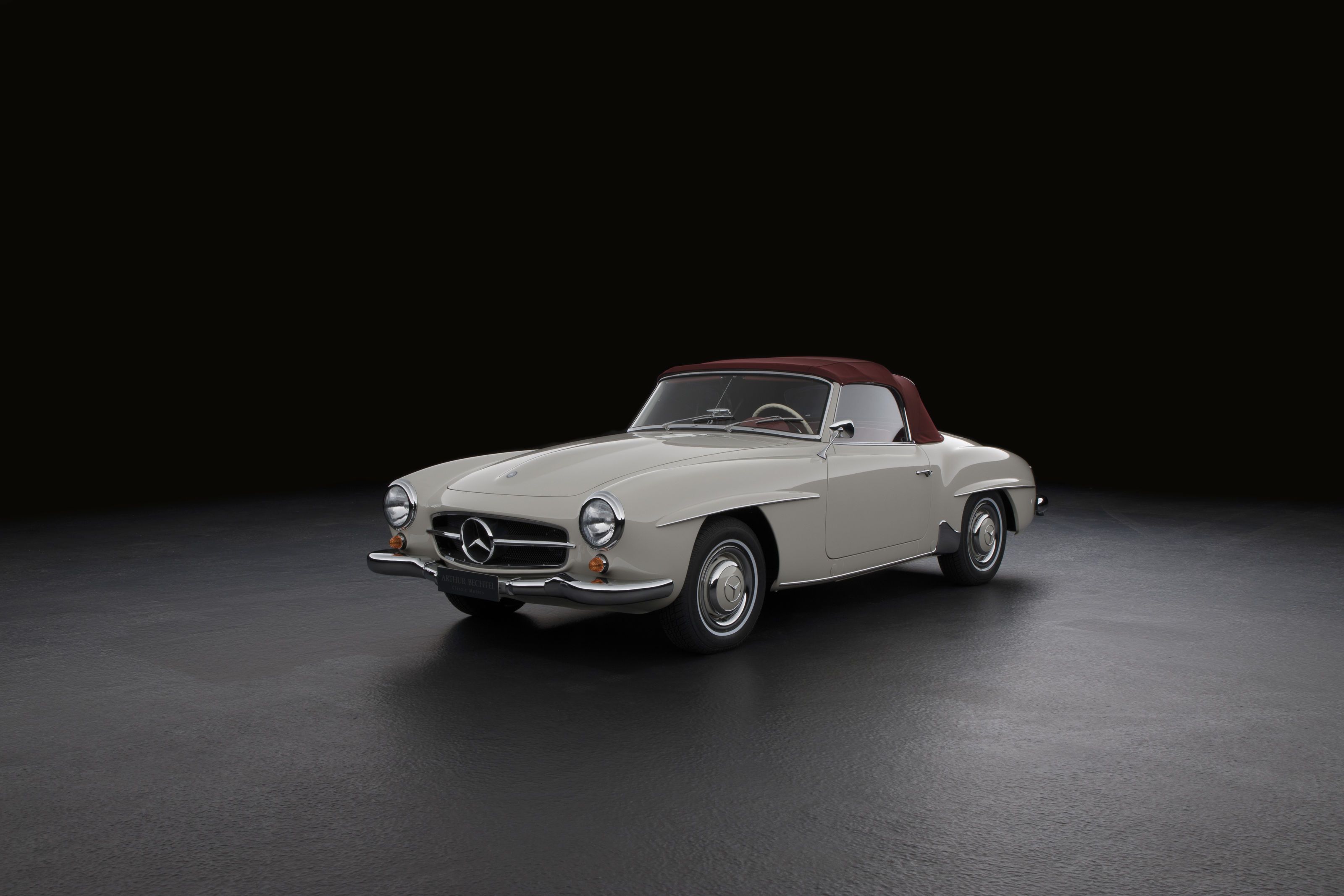
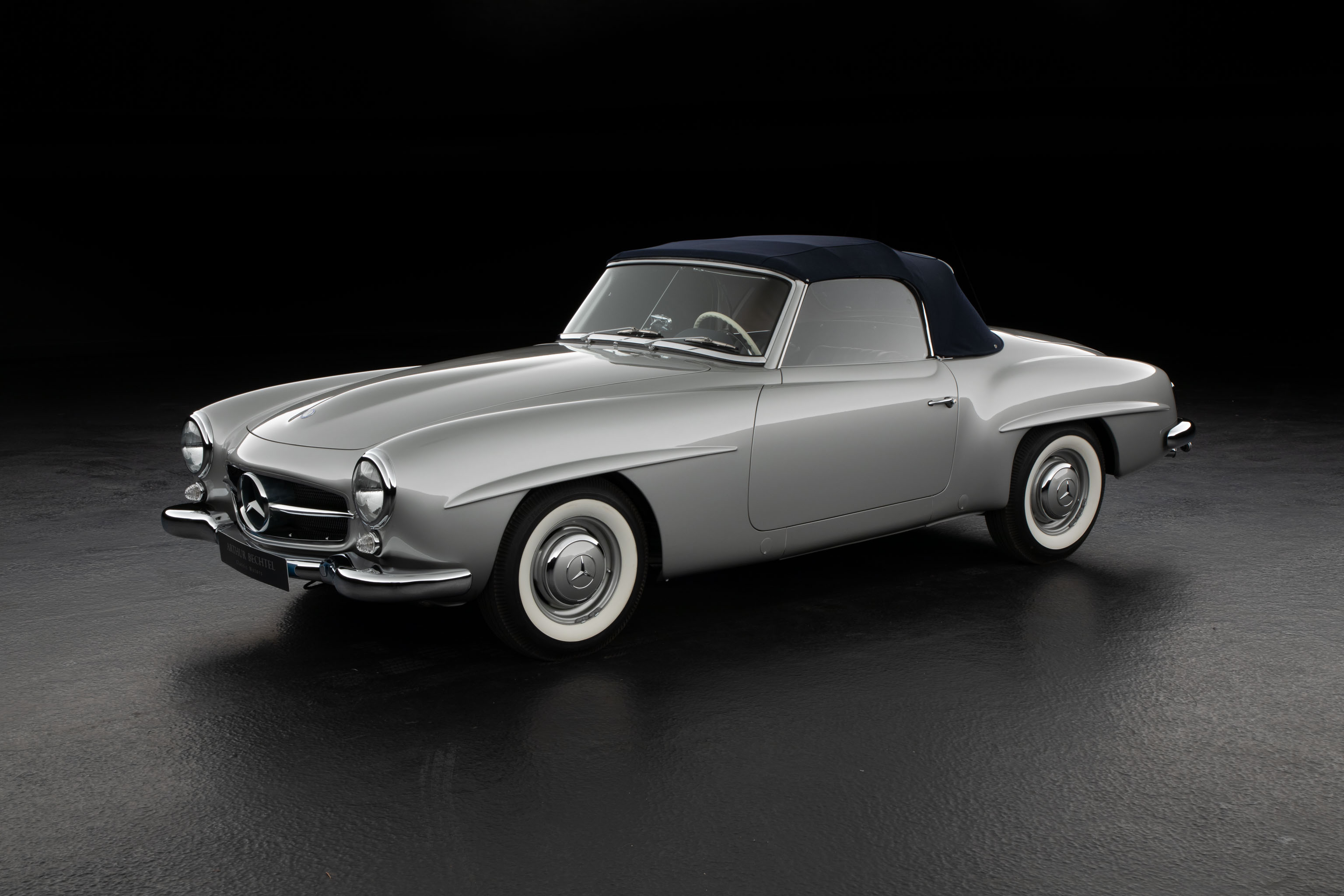
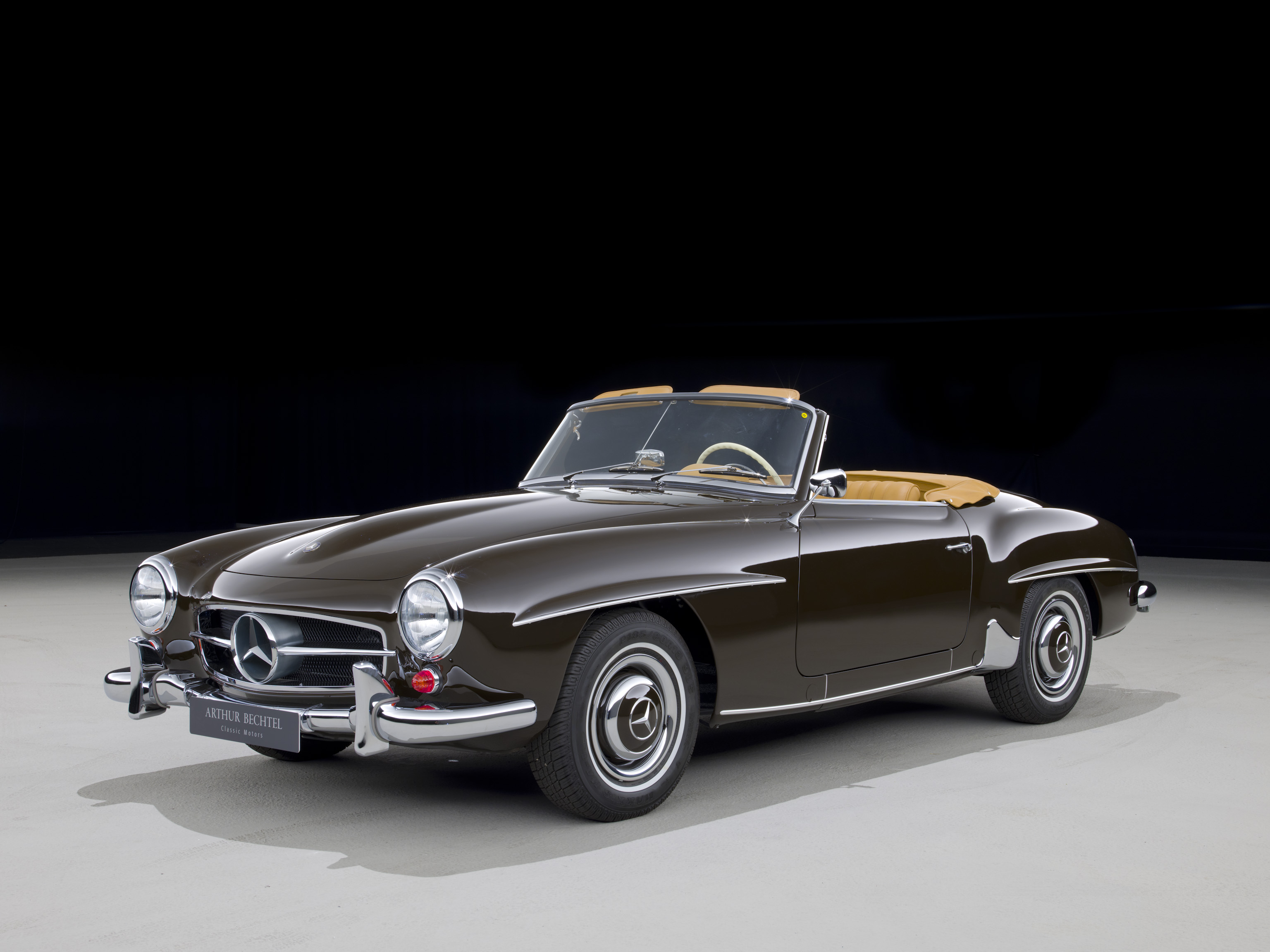
.jpg)
